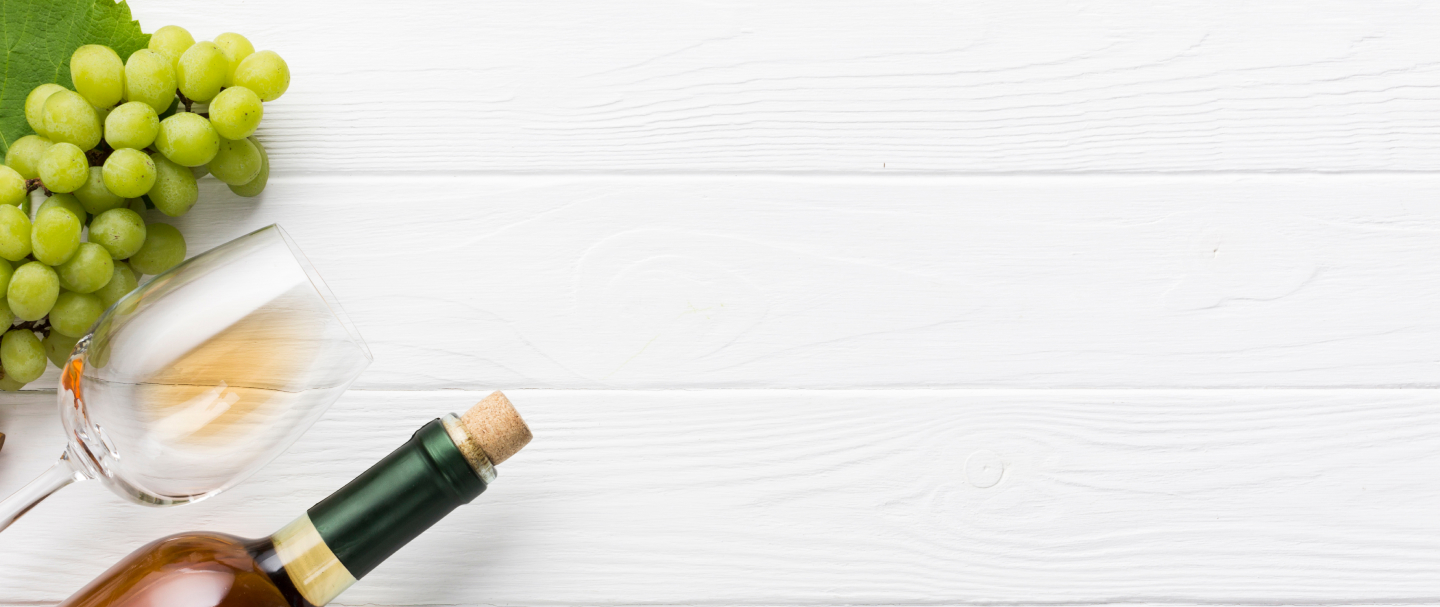More wines available from Vina Cobos
750ml
Bottle:
$44.08
The most interesting thing about this wine is that you don’t see it coming. It’s not at all obvious and yet...
Pre-Arrival
Vina Cobos Bramare Malbec Chanares Vineyard 2015
750ml - 1 Bottle
Bottle:
$82.78
A focused and bright malbec with a toned and linear nature. Full to medium body, dark fruit and walnut and hazelnut...
Pre-Arrival
Vina Cobos Bramare Malbec Chanares Vineyard 2017
750ml - 1 Bottle
Bottle:
$82.78
#31 Top 100, 2020. The focus to this polished red is gorgeous with floral aromas coloring the blackberries and...
750ml
Bottle:
$39.67
$44.08
A round, soft, and rich malbec with sliced plums, peaches and some flowers. Full-bodied. Juicy and fresh at the end....
More Details
Winery
Vina Cobos

Varietal: Cabernet Sauvignon
From the valleys of California and Chile to the rolling hillsides of the Bordeaux region of France, the one red wine grape varietal you will find in abundance is the Cabernet Sauvignon. This darkly colored grape has been cultivated since the mid 18th century, when it was borne from a cross of fine Cabernet Franc and Sauvignon Blanc varietals. Since then, it has spread around the world and has been received with pleasure by wineries looking for a varietal which delivers excellence of flavor and aroma, whilst being hardy enough to resist frost and rot and other such difficulties. Indeed, Cabernet Sauvignon is probably the most recognizable red wine grape varietal on earth, and is easily distinguished by its high tannin level and acidic nature, which is often so beautifully mellowed by being blended with Merlot and other such grapes.

Region: Cuyo
The historic mountainous region of Cuyo in central-west Argentina, remains the nation's key wine producing area to this day, producing over eighty percent of the country's wines. Argentinian wines have gone from strength to strength over the past few decades, and it is undoubtedly the region of Cuyo which produces Argentina's most characterful and representative wines. Cuyo's dry and arid soil, rich in iron and other minerals has proven to be an ideal environment for the cultivation of Malbec grapes, alongside several other varietals which thrive in the hot climate and reach full ripeness each autumn, expressing their fruit-forward character. The vineyards of Cuyo are fed by the great Desaguadero River and its tributaries, helped by the extensive irrigation projects which have been undertaken over the past century.

Country: Argentina
Anyone who has been the Mendoza area of Argentina may be surprised to find that this is one of the primary wine regions of the country, now comfortably sitting as the fifth largest producer of wine in the world. The Mendoza is an incredibly dry and arid desert, which receives as little as two hundred millimeters of rainfall per year, and supports very little life at all. We can thank the ancient technologies of the Huarpes Indians for Argentina's current booming wine trade, as they managed to irrigate the region by digging channels from the Mendoza river, thus creating an area which had enough access to water with which to grow vines. Not only this, but the grape which Argentina primarily uses for their wines – Malbec – actually flourishes in such conditions, as it is less likely to suffer from the rot it so often finds in the considerably damper regions of Europe it has its origins in. Such expertise and foresight has resulted in Argentina being able to produce high quality wines of both red and white types, with Malbec, Bonarda and Cabernet Sauvignon dominating the vineyards for red wines, and Torrontés, Chardonnay and Chenin Blanc making up for most of the white wine produced there.




